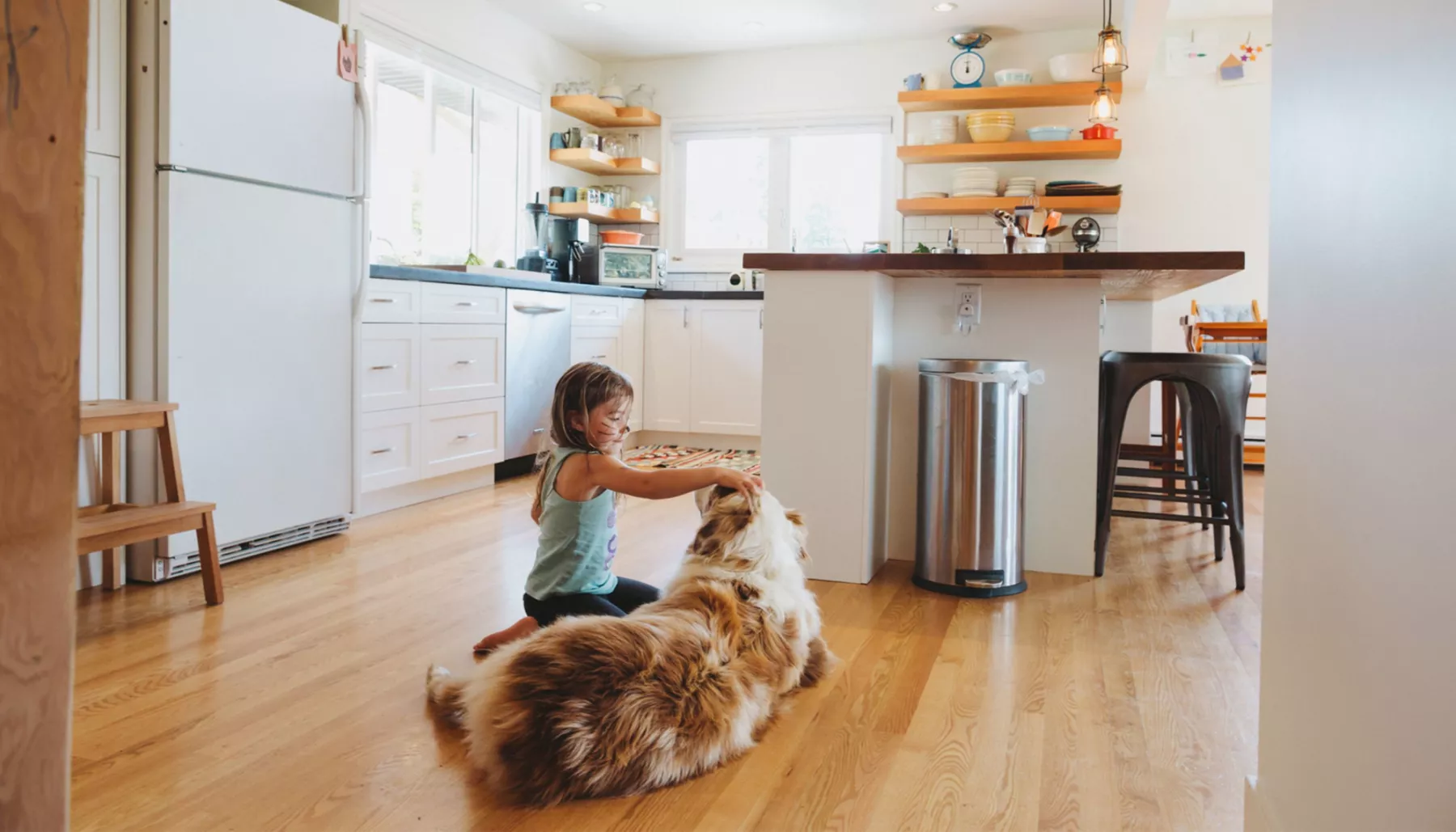When living in a shared home, it can be difficult to maintain a high level of cleanliness. While you may work hard to ensure that surfaces are kept clean, your roommates may not be as willing. Untidy and generally messy housemates can mean that your home quickly becomes dirty, and stain and odor-causing microbes find it easier to thrive on surfaces.
Encouraging other members of your household to follow a cleaning routine and to make sure surfaces are disinfected can cause tension. If you’re finding it tricky to keep your home clean, we’d suggest reading our advice below. We explain which items at home are most likely to be contaminated with microbes, and how antimicrobial-protected products can help you to maintain cleanliness in a shared home.
Bathroom
It probably comes as no surprise that when left uncleaned, your bathroom becomes a breeding ground for microbes. The hot, humid environment only quickens the occurrence of stain and odor-causing microbes, and the appearance of grime and gunk. A shared bathroom is often an overused bathroom, and as such, requires regular cleaning to ensure the surfaces are clean and fresh.
Faucets
If you find that your faucets are prone to stains, we’d recommend that you ensure your bathroom is well ventilated – an air vent can help you to achieve this, or you can slightly open your bathroom windows when running hot water. The heat and moisture within your bathroom encourages stain and odor-causing microbial growth, so it’s important that you get as much fresh air into the room as possible in order to cool those conditions down.
Another option is to purchase antimicrobial-protected faucets. The antimicrobial technology is built into the faucet at the point of manufacture, and cannot be washed off, nor does it wear away. This ensures that your faucets are protected against microbial growth, and are kept fresher for longer.
Towels
Do you have a shared hand towel in your bathroom? A typical towel can store tens of millions of dead skin cell microbes in just three uses1. Considering that many people do not clean their towels after just three uses, it’s no wonder that bathroom towels are one of the worst offenders for microbial contamination in the home.
We’d advise that you do not share towels, and try to wash them after three uses. An antimicrobial-protected towel can help to limit the growth of microbes and keep the fabric fresher for longer.
Kitchen
Did you know that your kitchen is likely to contain more germs and microbes than your bathroom? Chopping boards and kitchen sponges are among the most used items in your kitchen, but are also the most microbe-prone. If you’re living in a busy shared home, it’s vital that these items are disinfected regularly. Here’s how Microban can help:
Sponges
Your kitchen sponge carries 10 million microbes per square inch (that’s a quarter of a million times more than your toilet seat2). Cleaning your dishes and kitchen surfaces with a contaminated sponge will only increase the chances of those potentially harmful microbes spreading. Using antimicrobial-protected sponges is a better solution, as microbial growth is inhibited on the surface of the sponge.
Cutting Boards
When sharing reusable kitchenware, it’s important that everything is cleaned after use. Cutting boards in particular can be a dangerous transmitter of harmful microbes, such as salmonella and E-coli, when not cleaned properly3. Investing in an antimicrobial cutting board will help to limit the risk of harmful microbial growth on your board.
Living Room
In a shared house, the living room often becomes the social hub of the home, which unfortunately makes it a prime place for dirt to build up. Unlike the kitchen and the bathroom, we wouldn’t expect our living room to be a place where stain and odor-causing microbes thrive. However, there are certain items that often get left out of our cleaning routines, and therefore become contaminated.
TV Remote
Your TV remote is a hotbed for microbes, and one that we rarely remember to clean.4 Microbes can live on your remote for up to 24 hours, and one pass of the remote is enough to spread the microbes between roommates. We suggest regularly cleaning your TV remote with a very small amount of rubbing alcohol and a Q-Tip.5
Cushions
Dead skin cells, dust mites and mold are just a few of the unpleasant things lurking in your unwashed cushions, and the more people you live with, the more likely microbial growth is to occur6. To keep your couch cushions fresh, we’d suggest taking off the covers and washing them every few weeks at around 140°F. This temperature is hot enough to kill the vast majority of microbes.
Sources
- You Need To Wash Your Towels More Often Than You Think: Here’s Why - [Source]
- Wash Your Hands: 7 Household Items That Hold More Germs Than A Toilet Seat - [Source]
- Kitchen Cleaning: How To Clean Your Chopping Boards - [Source]
- How To Disinfect Your TV Remote [Source]
- The Dirty Truth About Your TV Remote Control - [Source]
- 7 Things You’re Not Washing (But Should Be) - [Source]


